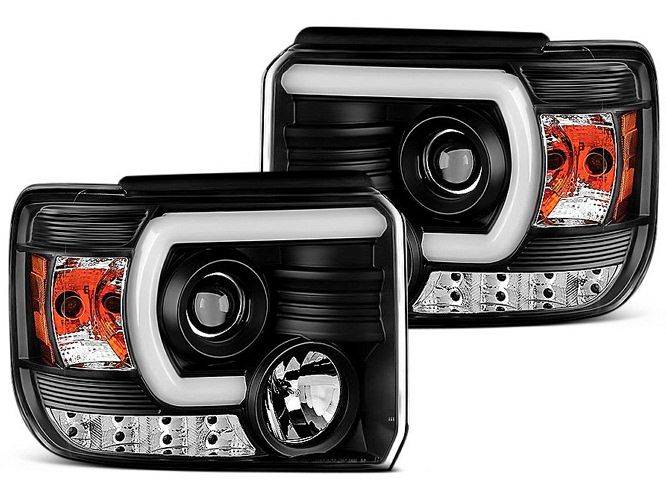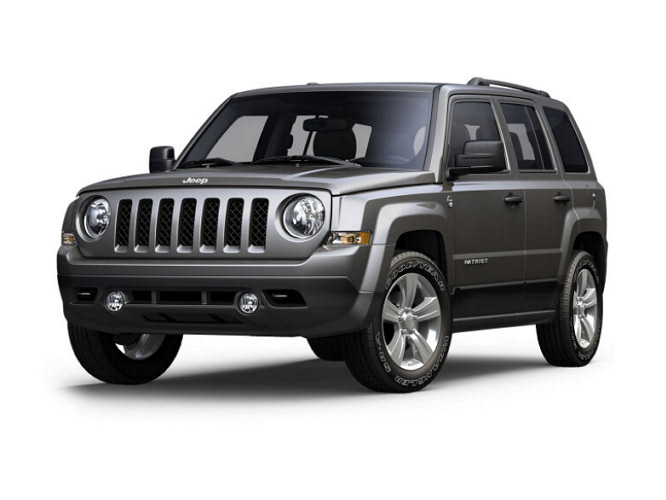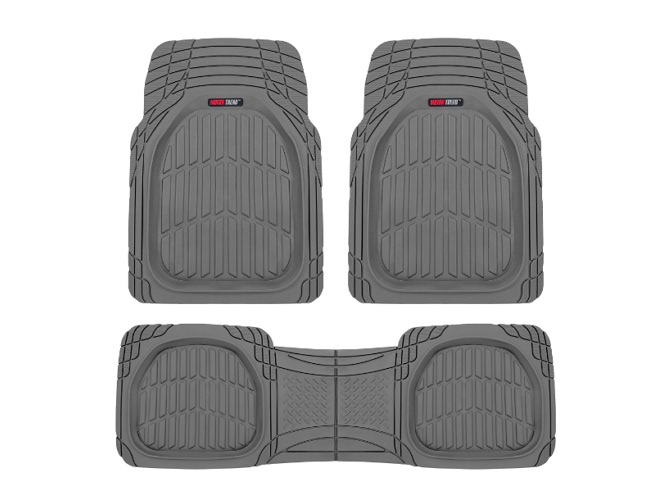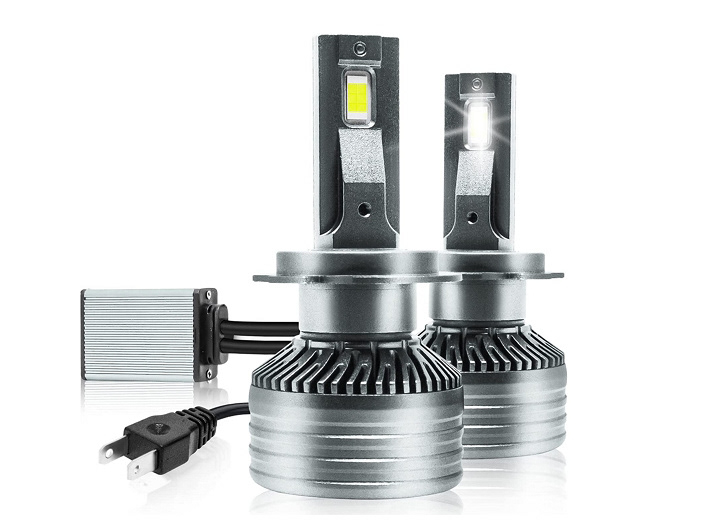Aftermarket headlights can look different and feature different peculiarities and design features, such as angel eyes, LED strips, LED accents, plasma elements, etc. OE-style headlights feature the same shape, design, and connectors as OEM headlights. The main difference between them is the manufacturer. OEM headlights are made by the carmaker (Ford, GM, Mercedes, etc), while the aftermarket headlights are manufactured by the car part makers: Spyder, Autosaver-88, IPCW, and many others.
There are many factors that one has to pay attention to when shopping for the best aftermarket headlights:
- Projector vs reflector headlights. Projector headlights feature a lens that focuses the light produced by the light bulb and focuses it into a light beam. Reflector headlights feature a mirror surface that catches the light produced by the bulb and forms a focused light ray this way. It is hard to say and dispute which headlight type is better because each of these two has its pros and cons. So, it is worth noting the pros and cons of the headlights based on the vehicle and your own preferences and expectations.
- LED vs halogen light bulbs. If you do not plan to change anything, it is a good idea to adhere to the bulb type, that you have in your vehicle from the factory. If you are not satisfied with the light output of your headlights ad need something brighter, whiter, or more focused, you may consider switching to LED. Just make sure that the LED conversion is legal in your area. Here is the page where I explain the specifications of LED headlight bulbs.
- OE style vs custom headlights. OE-style headlights normally look exactly like your factory ones. Custom headlights feature extra LED accents, plasma elements, angel eyes, halo rings, and more. So, it's up to the car owner to decide, whether to try a new custom style or stick to the factory appearance of the vehicle's front fascia.
Need more information? Check out this guide to the best aftermarket headlight assemblies for your vehicle.



